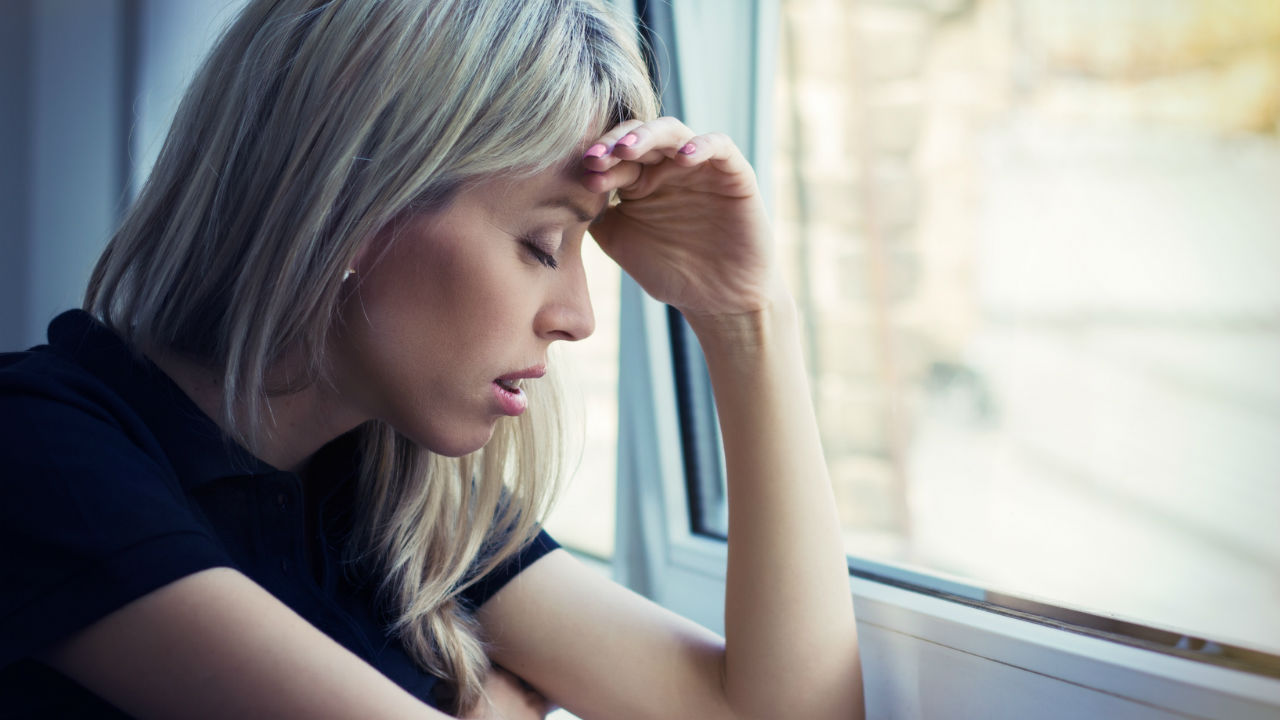If you have migraines, you know that all headaches are not the same. Over 10 million people in the United States have experienced the pain and other symptoms that make up migraine headaches. Researchers studying gender-specific medicine have determined that women are more likely to have migraine headaches than men.
In addition to pain, migraine headaches often come with a variety of other symptoms including sensitivity to light or sound, nausea, and vomiting. Some people experience migraines on just one side of the head, and some describe the pain as throbbing rather than steady. Some people who have migraine headaches also experience a cluster of symptoms known as an “aura” which can act as a warning that a migraine is on the way.
Studies have shown that although boys and girls younger than 12 are equally likely to have migraines, after puberty women are noticeably more likely to get them. By the end of their teen years, the number of women experiencing migraines outpaces the number of men with twice as many women having migraines in their 20s. This trend typically peaks in the mid 40s with the female to male ratio topping out at 3.3 to 1, then dropping back to 2.5 to 1 by the time they are in their 70s. (medscape)
Researchers don’t know exactly why women are more likely to have migraines than men, but they have long suspected that hormones play a role since women start having more migraines after hormonal changes at puberty. Some women are more likely to have a migraine at the start of their periods each month. Many women also find that they are less likely to have migraines while they are pregnant. But this is also not consistently true, as 4 to 8 percent of pregnant women report more or worse migraine headaches during pregnancy.
Researchers who suggest hormones as the cause of women’s higher number of migraines recognize that the statistics for women over 70 do not seem to fit their theory. If hormones are the cause of the difference between male and female migraines, menopause should bring the ratio back to the even level observed in boys and girls before puberty. But studies show that even after menopause, women are more than twice as likely to have migraines as men.
Some studies also show that taking continuous estrogen replacement during menopause (as opposed to taking days off from estrogen supplements) can help minimize migraine symptoms. If you are considering hormone replacement therapy (HRT) to limit migraine symptoms, talk to your health care provider about all the pros and cons of hormone replacement therapy for your health, including your history of migraines, smoking, and other risk factors such as high blood pressure.
Sources:
National Institutes of Health: PubMed Health
National Headache Foundation
Medscape
Reviewed May 24, 2011
Edited by Alison Stanton






Add a Comment1 Comments
Hi Denise,
My GYN told me that because I was a migraine sufferer, I was not a good candidate for HRT. I wonder sometimes whether doctors know what they're talking about.
Thanks for a great article.
June 2, 2011 - 4:24pmThis Comment